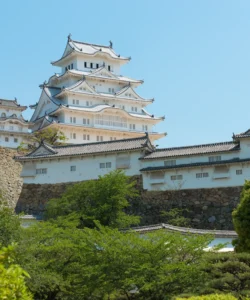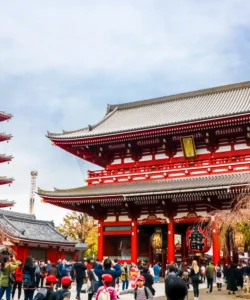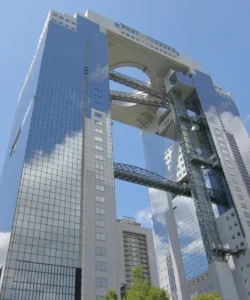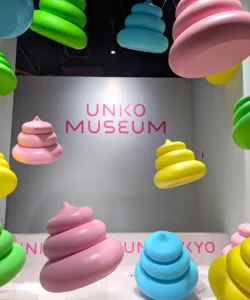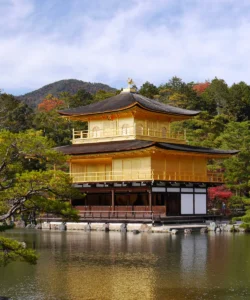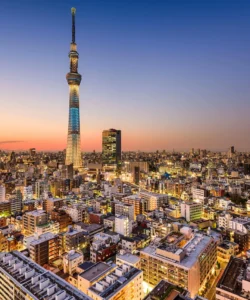The Robert Louis Stevenson Museum in Samoa is a captivating historical site that commemorates the life and work of the renowned Scottish author. Unlike another Robert Louis Stevenson Museum in St. Helena, California, which focuses on his time in Napa Valley, the museum in Samoa is significant because it was his actual home and final resting place.
Address:
The Robert Louis Stevenson Museum is located on Vailima Road, Apia, Upolu, Samoa. It is situated on the slopes of Mount Vaea, overlooking Apia.
Outstanding Features:
- Stevenson’s Former Residence (Vailima): The museum is housed in “Vailima,” the beautiful mansion that Robert Louis Stevenson built and lived in during the last five years of his life (1890-1894). The name “Vailima” means “Five Waters,” referring to the five streams that crossed the property. The house has been meticulously restored to reflect its appearance when Stevenson resided there, providing a tangible connection to his daily life.
- Personal Artifacts and Collections: The museum features a rich collection of Stevenson’s personal belongings, including first editions of his famous works (like “Treasure Island,” “Kidnapped,” and “Strange Case of Dr Jekyll and Mr Hyde”), letters, photographs, family furniture, and various memorabilia. Visitors can see his study, bedroom, and even the ballroom that once hosted lavish parties.
- Lush Gardens and Estate: The villa is surrounded by beautifully maintained tropical gardens, offering a peaceful and scenic backdrop. These gardens were part of the extensive estate that Stevenson personally cleared and developed.
- “Road of the Loving Hearts” and Grave on Mount Vaea: A significant part of the experience is the hike up Mount Vaea, accessible from the museum grounds, to Stevenson’s grave. The path is known as the “Road of the Loving Hearts,” named after the Samoan chiefs who built it to honor “Tusitala” (Teller of Tales), Stevenson’s Samoan nickname, for his support of their indigenous political interests. The grave offers panoramic views of Vailima and the coastline.
- Insight into Samoan Culture and History: The museum also provides insights into Stevenson’s deep connection with the Samoan people. He was a vocal critic of colonial rule and championed Samoan rights, earning him immense respect and affection from the local community. Guided tours often share stories of his life in Samoa and his interactions with the islanders.
- Architectural Significance: The mansion itself is an impressive piece of colonial architecture, featuring design elements that suited Stevenson’s lifestyle and the Samoan climate (such as the only working fireplace in Samoa at the time).
Comparison with Similar Locations:
The Robert Louis Stevenson Museum in Samoa is unique among literary museums due to its historical context and location:
- Author’s Actual Home: Unlike many museums that are collections housed elsewhere, this museum is the very house where Stevenson lived, worked, and died. This direct connection to the author’s personal space makes it incredibly immersive.
- Cultural Immersion: The museum offers a unique blend of literary history with Samoan cultural and political history. Stevenson’s active involvement in Samoan affairs and the “Road of the Loving Hearts” built by the locals highlight a deep cross-cultural bond not typically found in other author museums.
- Tropical Setting: Most literary museums are found in urban or temperate environments. The Robert Louis Stevenson Museum stands out with its lush tropical gardens, mountain backdrop, and ocean views, reflecting the adventurous spirit of the author who chose to spend his final years in the South Pacific.
- Contrast to The Writers’ Museum (Edinburgh): While The Writers’ Museum in Edinburgh, Scotland, also features a collection related to Stevenson (along with Robert Burns and Sir Walter Scott), it is a broader literary museum. The Samoa museum, by contrast, focuses specifically on Stevenson’s life in Samoa, his home, and his deep connection to the island.
- Restoration and Preservation: The fact that the mansion was extensively damaged by cyclones in the early 1990s but then meticulously restored through dedicated efforts underscores its importance as a heritage site.
The Robert Louis Stevenson Museum offers a profound experience for literary enthusiasts and those interested in Samoan history and culture, providing a window into the life of a literary giant who found his final inspiration and home in the South Pacific.



